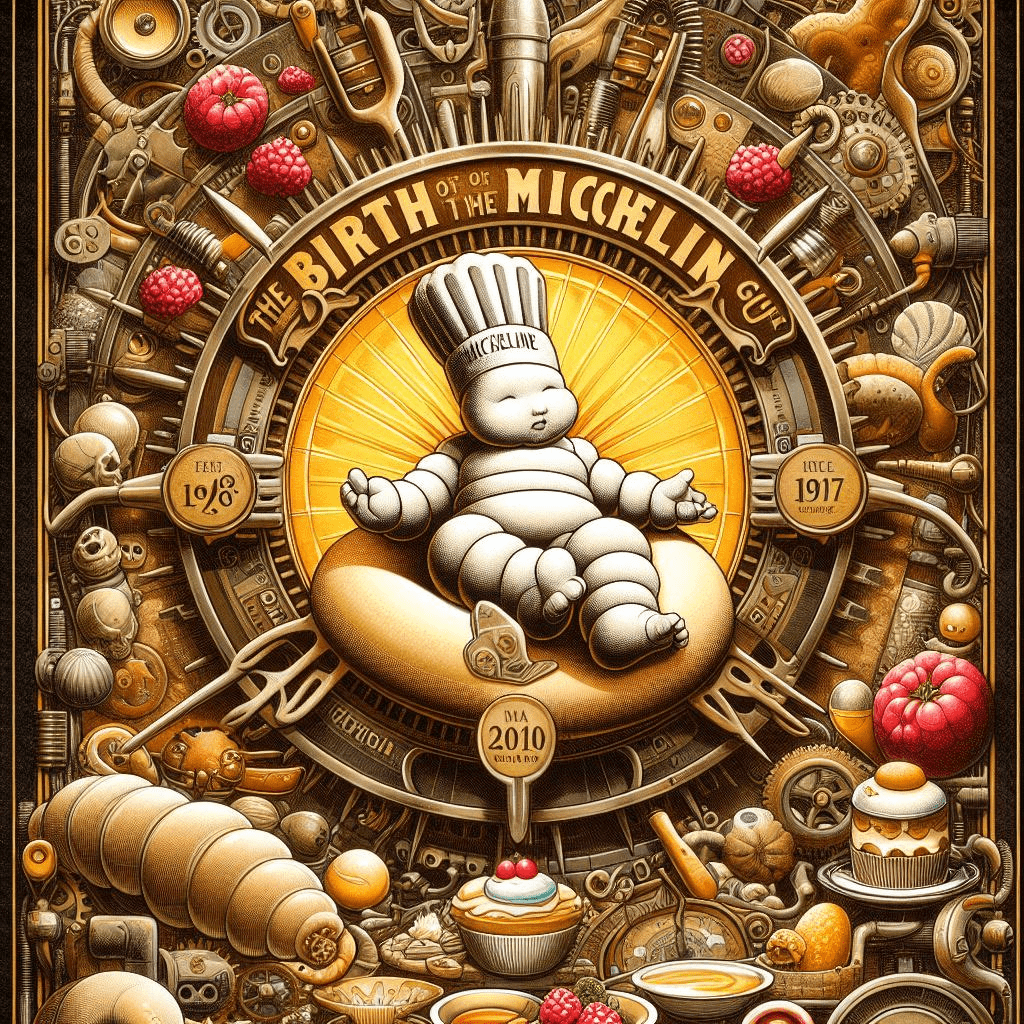The Birth of the Michelin Guide
Tire Origins:
- In 1889, brothers André and Édouard Michelin took over their family’s rubber company in Clermont-Ferrand, France.
- As cars emerged in the early 20th century, the Michelin brothers introduced the first practical pneumatic tires for automobiles.
- Their brand, Michelin Tires, needed a way to promote road travel and, consequently, tire sales.
The Travel Guide for Motorists:
- In 1900, the Michelin Guide was born. Initially, it served as a travel guide for French motorists.
- The guide provided tips on tire maintenance, addresses of tire shops, gas stations, and hotels.
- All this information was available for free until 1920.
The Birth of the Stars:
- In 1926, the Michelin Guide expanded to include restaurant listings.
- The first fine dining guide was introduced, and by 1931, the iconic Michelin star system was established.
- The three-star rating system became a hallmark of culinary excellence.
The Unlikely Association
Bibendum, the Michelin Man:
- The Michelin Man, affectionately known as Bibendum, is the guide’s mascot.
- His iconic silhouette is inspired by a stack of tires, not marshmallows.
- His name comes from the Latin phrase “Nunc est Bibendum” (now is the time to drink), implying that Michelin’s air-filled tires absorb road bumps.
From Tire Sales to Culinary Excellence:
- The Michelin Guide’s association with fine dining was ingenious marketing.
- By encouraging road travel and promoting restaurants, Michelin indirectly boosted tire sales.
- The guide’s reputation grew, and it became the gold standard for culinary rankings worldwide.
The Legacy
Michelin Stars Today:
- Michelin stars are coveted by chefs and restaurants globally.
- Earning a star can transform a chef’s career and elevate a restaurant’s status overnight.
Continued Influence:
- The Michelin Guide remains a symbol of culinary excellence and a trusted resource for food enthusiasts.
- Its journey from tire company to fine dining arbiter is a testament to innovative marketing and unexpected connections.
In conclusion, the Michelin Guide’s evolution from rubber to gourmet cuisine demonstrates how strategic thinking and a commitment to quality can shape an iconic brand. 🌟🍽️
